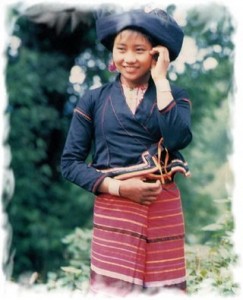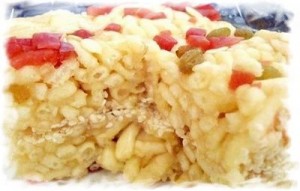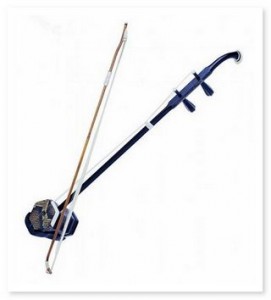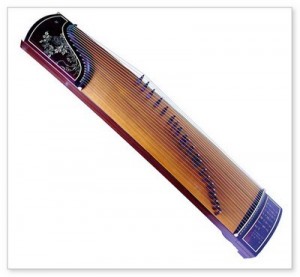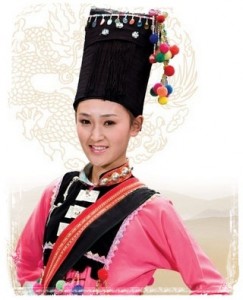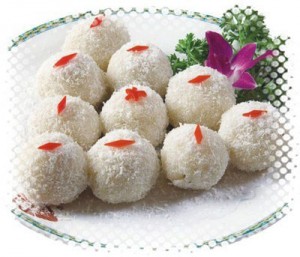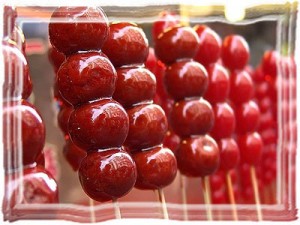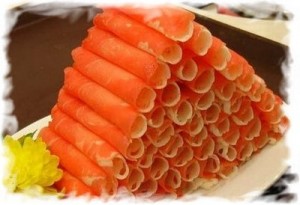Manchu paper-cut is attached to the Manchu folk specific cultural background and living environment, in the art of art has its own specific language and style, which is a bearer of the Changbai Mountain area bright and thick culture folk art, reflect the Manchu customs, perspective Manchu cultural treasures.
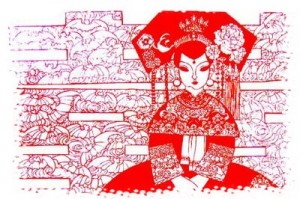
Manchu paper-cut about originated in the Ming Dynasty, so far, more than 300 years of history.
Manchu paper-cut is the earliest known shear Mother child, “Mammy child” is the Chinese lady. Manchu folk culture, showing the worship of the Mother of God, Manchu legend, there are many things in charge of the Mother of God, the competent family line the European wooden Lou Momo God, competent Nanhunnvjia of Sake Sa Mother God, executives into the direction of the mountain hunting Tiger Mother God … Manchu folk paper-cut is a cut look different Mother children, and gradually formed a unique style of simple, rough and vigorous. Mother child become a masterpiece of the Manchu paper-cut. Manchu animal gods to worship, dogs, turtles, magpie, deer, eagles and other paper-cut is also a lot to see, and often as a mascot on the wall.
Manchu paper-cut of this folk art as an important part of the traditional culture of the Manchu generations pass on, and are closely linked with the life of the Manchu people, the paper cutting more and more colorful. The ingenuity of the Manchu folk artists to see, hear, favorite characters, scenery and so cut works, decorated with a happy life.
Paper-cut from the content can be divided into auspicious paper-cut, flowers, birds, fish and insects, paper cutting, landscapes and paper cutting class; from the form of expression can be divided into monochrome paper-cut, dyed paper cutting, coloring paper cutting and other varieties; grilles can be divided into specific uses, ritual ancestral hanging sign (hanging sign), seasonal paper-cut.
Is particularly worth mentioning is that the Manchu people are romantic, Manchu paper-cut also created a lot of fairy tale style, such as “Ginseng girl”, “White Mountain Hunting”, “sister Disguise” …… these paper-cut every story reflects Manchu simple and kind-hearted, upright and pure moral outlook.
After hundreds of years of development, now, Manchu folk paper-cut has become a folk art has a certain influence at home and abroad.
Fengning paper-cut produced in the Qing Emperor Kangxi (1662-1722), in the 18th century, has formed his own faction and style, it is mainly to Manchu grilles, fireworks, seasonal special paper-cut form, reflects the local Manchu customs, a wonderful work of art is included into the “Art Works”, has exhibited in more than a dozen cities across the country, some excellent work has also been the National Gallery collection, date December 1993 fengning therefore the Ministry of Culture named as folk art of the Township.
Tonghua County in the mid-17th century Manchu paper-cut, birch bark, leather, popcorn nest, and the windows of paper materials mainly reflect the totem worship, witchcraft ritual, Fishing and Hunting labor culture of origin as the subject. Changbai Mountain area of unique historical and geographical factors, the smaller impact of foreign culture, the Manchu folk paper-cut to the original preserved, standing in the Chinese folk art of the forest with its unique style and infinite charm. Tonghua Teachers College Research Center of Manchu folk art scientific research, “the Changbai Mountain Manchu paper-cut selected state-level intangible cultural heritage in 2008. Paper cutting and other provinces and cities in November 2009 and included in the national list of projects together, “the Chinese paper cutting approved by the UNESCO, selected the” intangible cultural heritage list.
Recently, the Chinese folk cultural heritage rescue key projects implemented by the organization of the Chinese Folk Literature and Art Association – Outstanding heritage survey of Chinese folk culture, identification and naming of work, off cloud nine Seniors was officially recognized as “China Folk Culture outstanding heritage. ” From the “Water Margin” 108 to the unique shape of the Statue of shaman map, GUAN Yun Tak own a pair of big rough hands continuation of the ancestral art of these exquisite paper-cut Manchu culture and Shaman culture vividly presents to the world .

